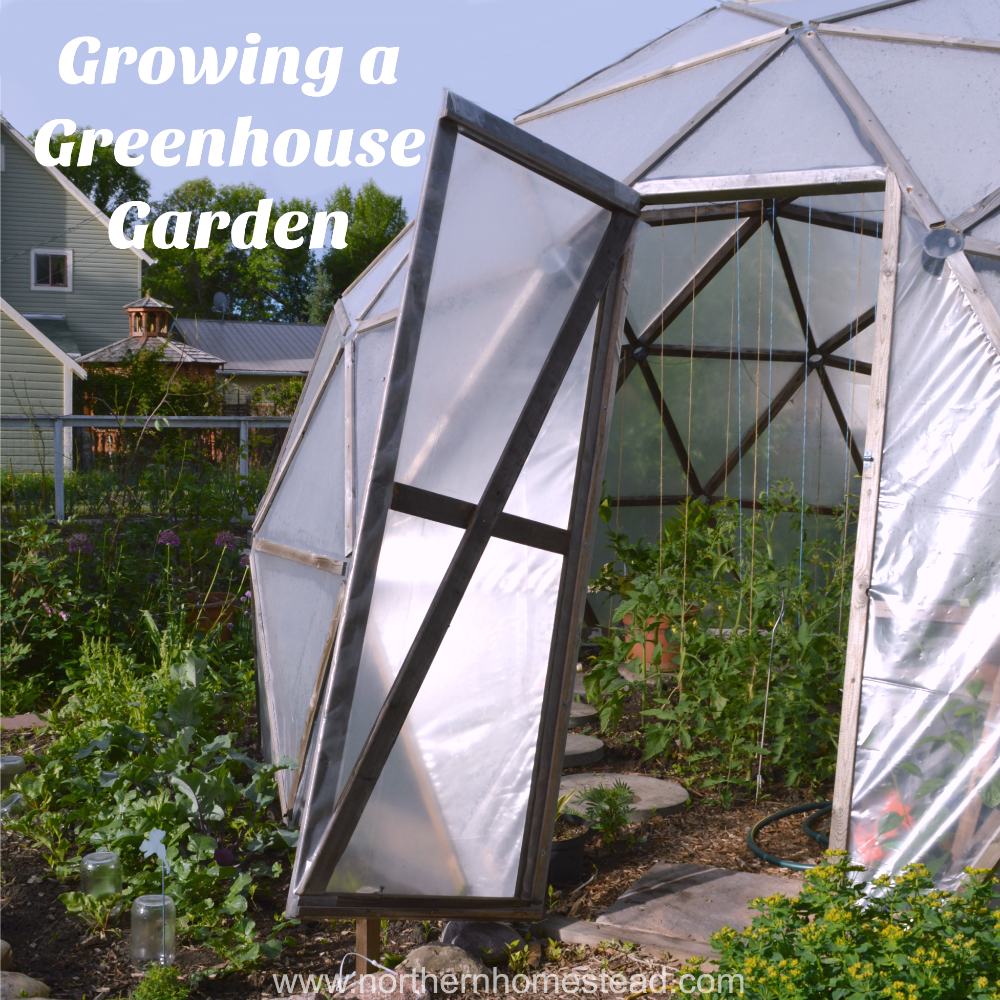
Growing a greenhouse garden in a cold climate is like moving a portion of your garden south. A greenhouse garden is a busy and fun place. If you only use your greenhouse to start seedlings in the spring, consider extending the use to greenhouse gardening. Here is a beginner’s guide for growing a greenhouse garden.
There are many greenhouses to choose from for different uses. We cover that in a different blog article, starting with a small greenhouse to a 4-season passive solar greenhouse. If you are searching for what type of greenhouse is best for you, follow the link to the comprehensive guide to choose the suitable greenhouse.
The location for growing a greenhouse garden
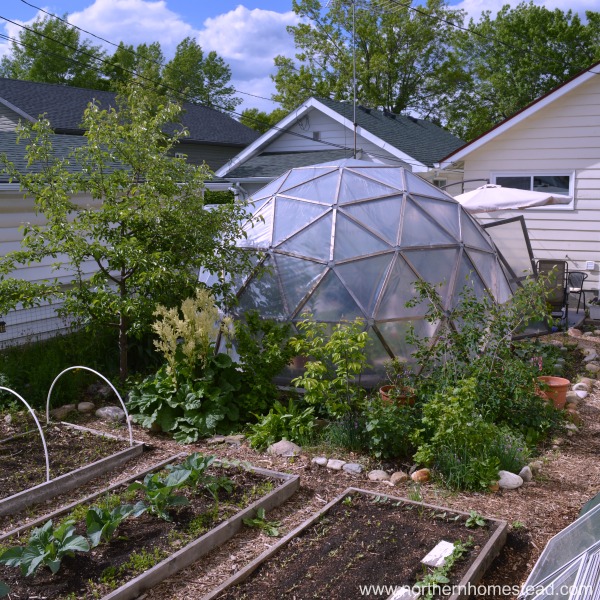
If you plan to set up a greenhouse, I’d recommend looking for a great spot with a lot of sunshine, especially in the morning. Depending on where you live, some shade in the afternoon might be helpful. Remember that the sun’s angle changes during the summer, so it’s always a good idea to do a shade survey in April if you’re unsure. For a winter greenhouse garden, choose a location with excellent natural light all year round.
It’s also essential to avoid placing your greenhouse near trees with shallow roots like Willow, Aspen, Pin Oak, and Beech, as they tend to suck all the moisture out of the soil.
Lastly, try to find a location that’s easily accessible so that you can keep an eye on your greenhouse and enjoy it throughout the season.
The soil for growing a greenhouse garden
Like an outdoor garden, the soil is the heart of your greenhouse garden. Good soil equals a good garden. If you can, build your greenhouse on good native soil. However, numerous ways exist to improve or even replace the soil in the greenhouse. Find more information here. The excellent soil, covered with a greenhouse, will warm up quickly in spring and provide a great place to grow a garden.
You will need to put effort into keeping that good soil in your greenhouse garden for many years. Since a greenhouse is enclosed, the soil will not recover as quickly as in an outdoor garden. There is no wind to blow bugs away or good rain to wash excess minerals off. You will have to do this yourself.
We like to end the growing season in our greenhouse with a good wash for the entire greenhouse from top to bottom. This way, bugs are discouraged from staying over the winter, and we can have a fresh start in the spring.
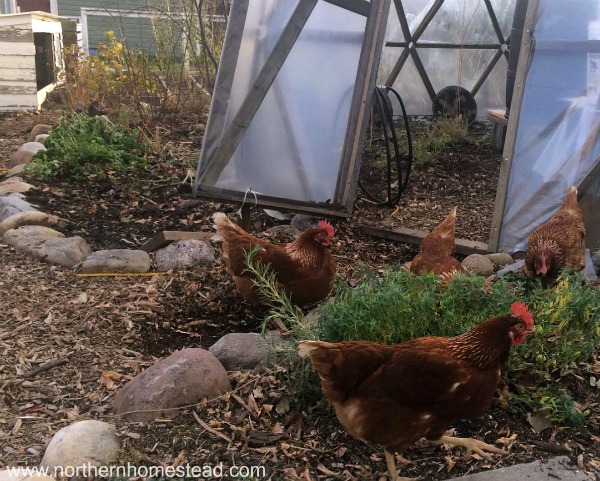
If you have chickens, let them scratch in the greenhouse at the end of the season. Remove all the plants and pathways to ensure no nesting insects.
In spring, we start by soaking the soil well—we wash off the soil, so to speak. Then, we add a new layer ( 1- 2 inches) of compost to the soil. This can be done in the fall or early spring. We do a no-tig garden in the greenhouse and the whole garden. The compost feeds the soil and builds it up for a new garden season.
If your greenhouse doesn’t have soil, is built on a concrete pad, or has a wooden floor, you can still grow a greenhouse garden, but you would have to build a structure or containers to fill with good soil.
Check out our posts on grow bags, wicking beds, and raised window protected garden. All of these are great ways to build a garden where there is no soil.
Lastly, hydroponics can be considered a way to grow a greenhouse garden. In our garage greenhouse, we grow mostly hydroponically. It is an immaculate way to grow a garden without soil.
The temperature in the greenhouse garden
Temperature control and air circulation are critical factors for a successful greenhouse garden. We mainly grow heat-loving plants in the greenhouse, but sometimes it’s too hot for them.
We find that the best way to control temperature is to have a decent-sized (large) greenhouse and a thermal mass. The smaller the greenhouse, the harder it is to regulate the temperature. Some structures, like hoop houses, are easier to ventilate than others. A roof vent and automatic window openers can be installed.
Check out the water tank blog post and the cooling and heating a greenhouse post. We use these in our current geodesic dome greenhouse to regulate the temperature. We have no window openings or roof vents, just a door. It has been an interesting experiment. However, most greenhouse kits come with cross-ventilation options, and for good reasons. It is a great choice for beginners who explore the world of greenhouse gardening.
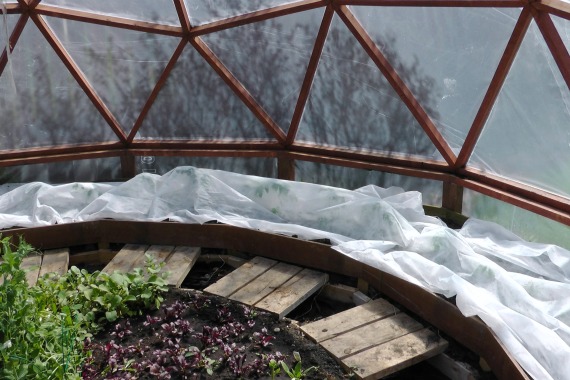
If the greenhouse is in full sun all day, a shade cloth is a must, especially in spring for young plants. The shade blanket can be placed on the plants or greenhouse wall/sealing, depending on whether you want only shade or complete protection during the night. Temperature regulation is also essential during cold and frosty nights. One might think that a greenhouse will protect against frost, but it might not.
A plastic-covered greenhouse gives you only about 3 degrees at night. If it’s 28F outside, it might also freeze in your greenhouse. You can use active or passive heating and/or cover plants with a frost blanket. Since there is no wind in a greenhouse, using a protective blanket is very easy. I have used up to 3 layers in our greenhouse, and each layer gives you about 3 degrees more.
In cold weather conditions or during the winter months, it is inevitable to add a heat source to your greenhouse. Electric heaters can be a temporary solution. It is also important to consider insulation to prevent heat loss. Freezing temperatures can lead to higher humidity levels, which can harm your plants. For beginners who want to venture into greenhouse gardening, we recommend starting in late spring when the risk of frost is over. This will allow you to gain the necessary experience to become a successful greenhouse gardener before facing the challenges of colder months.
The Water for growing a greenhouse garden
Water supply is another major factor for a successful greenhouse garden. Having a stagnant water source can serve multiple purposes, such as a thermal mass and also watering plants. Since we already have a water tank for temperature regulation, it also serves the purpose of watering plants. This combination and the cooling and heating system work great because the water in the tank is always warm.
You can’t irrigate a warm greenhouse filled with heat-loving plants with well or tap water. It’s too cold. Tender plants will experience a shock every time they are watered.
Greenhouse plants need a lot of water. To ensure your greenhouse garden grows well, consider how you water. Read more on how to water your vegetable garden. We do not use mist systems, and they should not be used in full sun so as not to burn the leaves. Preferably, we water individual plants with a hose from the water tank or a bucked to monitor plant growth.
Good drainage is important when growing a greenhouse garden in containers.
What plants to grow in a greenhouse garden
What plants should be grown in a greenhouse garden? Remember, the greenhouse garden is like moving your garden south. It will always be at least a bit warmer in your greenhouse than it is outside, even in the winter.
In a greenhouse garden, you can grow your own vegetables earlier than in your outdoor garden. This also means that you can keep plants growing longer in the fall. You can choose varieties that need a longer growing season. You can also grow plants that like warmer weather than your local weather can offer.
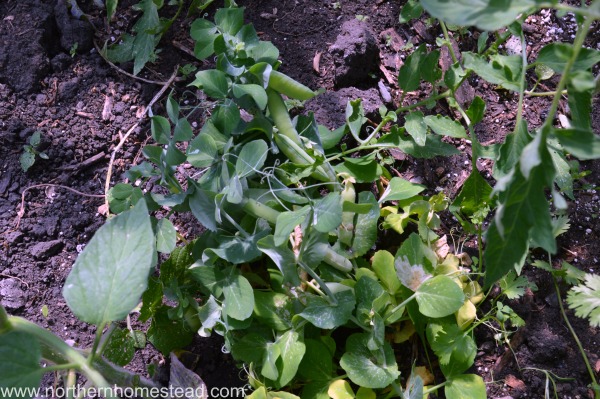
In early spring, we like to grow cool-weather crops in our greenhouse. Peas are the first thing that can be planted. Also, greens and even plants from the cabbage family can be grown.
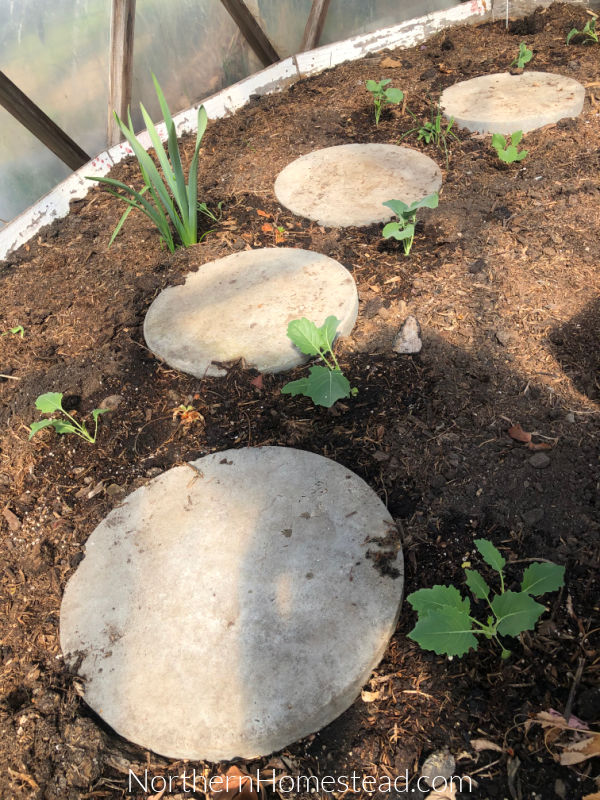
We like to plant the cool weather crop in a way that leaves space for the main crop. Like along pathways or in between raws. Cabbage family plants like it cooler, those are not good for a summer greenhouse garden. We only grow them in early spring till early summer. Choose varieties that grow fast and mature in less than 50 days.
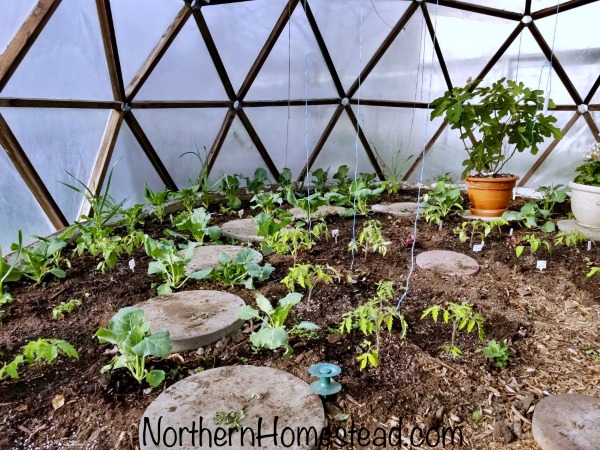
Closer to the last frost day, we replant or interplant heat-loving plants like tomatoes, peppers, cucumbers, and eggplants. By the time the heat-loving plants need the space, the cool weather crop will be done.
Herbs are a must for the greenhouse garden. Not only do so many great herbs need warmth, but they also add smell and flair to the garden. Grow basil, ginger, stevia, and some exotic plants like lemongrass.
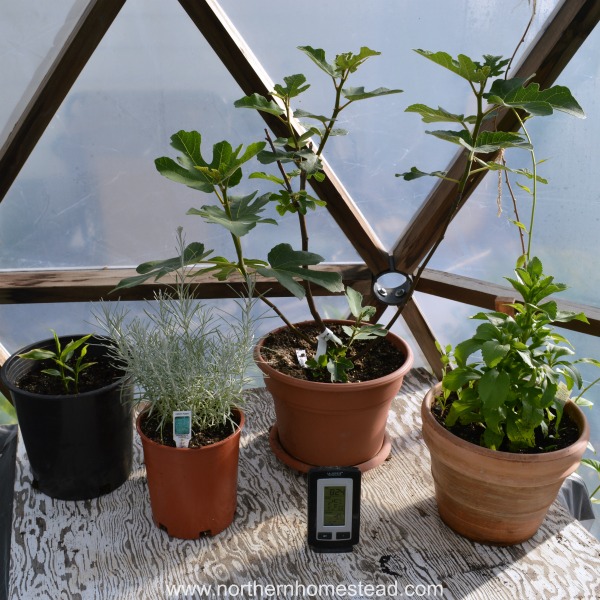
Another great plant for the greenhouse garden is day-neutral strawberries, which will start producing much earlier than anything outdoors and continue until late autumn.
Tropical plants like figs and lemons are also a great addition to your greenhouse garden. Depending on your winter weather, they will need to be moved indoors for the cold months.
We have also grown grapes and kiwi in our greenhouse, but we have yet to experiment more with these plants to see how they do.
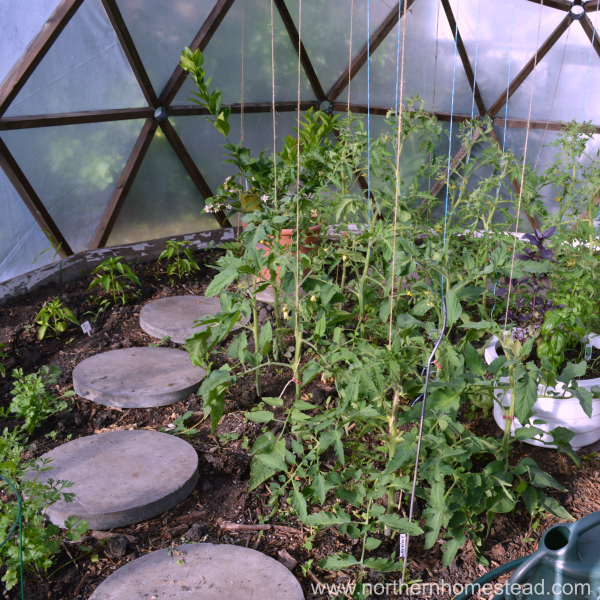
We would love to hear about your experience with a greenhouse garden. What would be your best tips and must-grow plants?
If you like this post don’t forget to subscribe to Northern Homestead and follow us on Instagram, Facebook, or Pinterest for the latest updates.

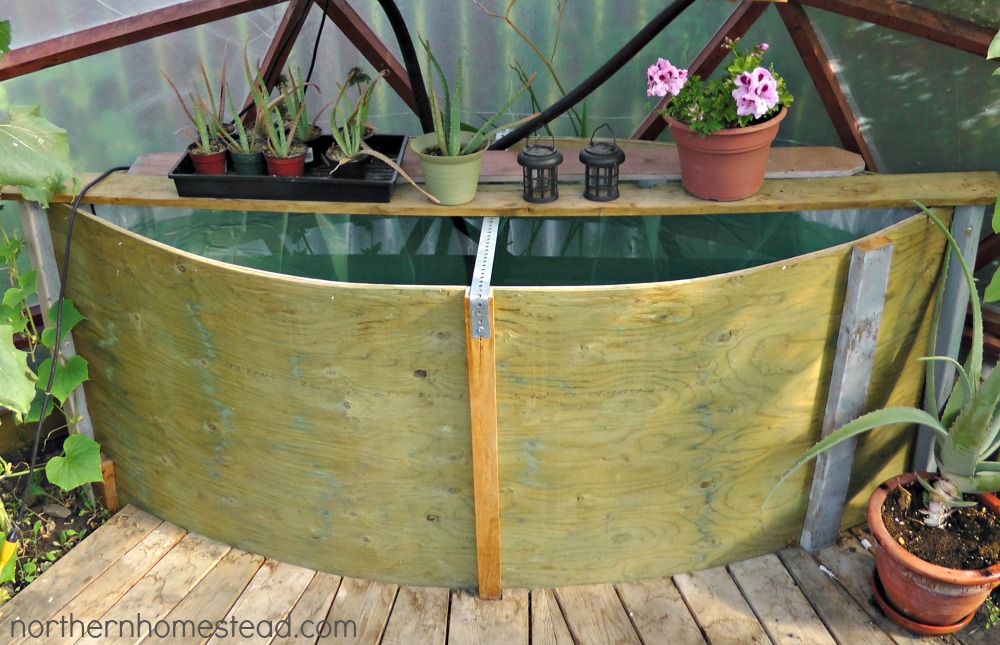
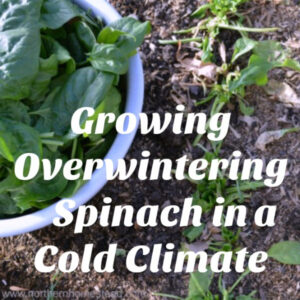

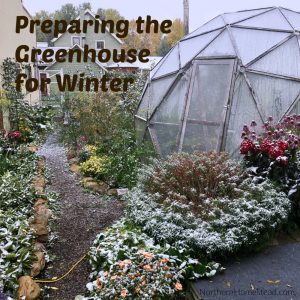
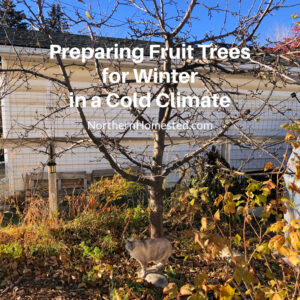
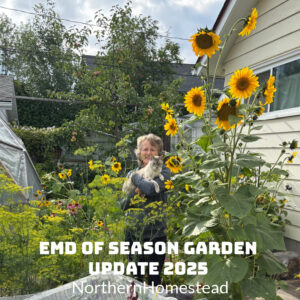
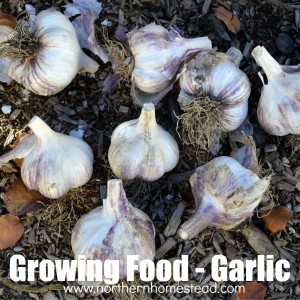
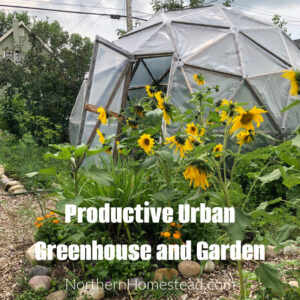
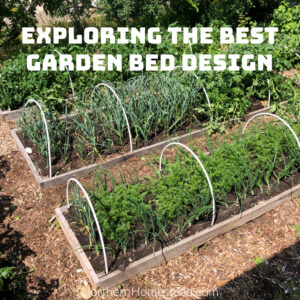
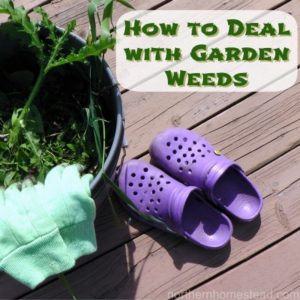
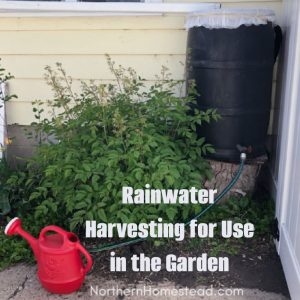

Just wondering where you are located. I’m in Edson. I just got a rigid greenhouse up and the soil is in three beds. Also, have 10- 3 gal pots with Promix soil in it ready to plant tomatoes as soon as I get them. Have a few started as seeds in the house, but have never been, lucky with seeds so will either buy a few packs or a good one and try propagating them.
Am also going to try and see if I can grow 4 Blueberry canes where we are and hope the growing season won’t kill them.
Thanks and great site BTW, I can learn a lot from you.
Carlo
Hi,
I live in the Quebec Laurentians, zone 4 and I have a small 6×8 feet greenhouse. I’ve been experimenting starting vegetables earlier in spring but summer is very difficult. Although we have cool nights, the temperature inside, during hot summer days rises up to 40C. I have a small window and door which I keep open and have a small fan.
Kale is ok but tomatoes and beets are not doing so well in the high heat and I am considering not having a summer garden greenhouse next year (holding only spring and fall vegetables).
Do you thing a water tank could make a difference ? What do you do in the summer ?
Any info would be much appreciated 🙂
Yes, a water tank would make a difference. Growing a spring and fall garden is a great idea, but even then thermal mass (water) would help you to have lower swings in temperature. We use a water tank and a radiator all summer long. Read more here: https://northernhomestead.com/car-radiator-for-heating-and-cooling-a-greenhouse/
Hi, I have tomatoes, peppers and eggplants in my greenhouse. How do I pollinate them seeing as how the bees don’t get in?
The plants you mentioned are mostly pollinated by the wind. Having some airflow in the greenhouse helps. Or just walk through regularly and shake the plants.
Hi, how did you make your greenhouse igloo? Thanks
We have two how-to-build a geodesic dome greenhouse blog posts. You can find them here: https://northernhomestead.com/how-to-build-a-geodome-greenhouse/ and here: https://northernhomestead.com/how-to-build-a-geodesic-dome-greenhouse-version-2/
Choose the one you like and build away.